Plimoth Plantation

The first sight of the Plimoth Plantation Village
In Plymouth, Massachusetts is an open-air museum where costumed roleplayers will tell about life in the plantation in 1729. The different spelling is to differentiate between the original settlement and Plymouth, the modern-day town and harbour nearby.
The English colonists called themselves pilgrims. They arrived from Leiden, Holland on Mayflower in 1720 after years of religious persecution in England. They promised each other to live for God and each other and made a covenant, a forerunner for the much later Declaration of Independence and the American Constitution.
Their ship Mayflower landed at Cape Cod in December 1620 where they couldn’t build a settlement, but later they found a suitable harbour called Plymouth.
Excerpt from “Pilgrims and Patriots” by Eddie H. Hyatt, page 49
These covenants meant that those who became a part of these communities were agreeing to be ruled, not by a Monarch, but by laws to which they all agreed. In this, they were functioning more as a “republic” than as a pure democracy. The primary difference between a republic and a democracy is that a republic has a constitution or bill of rights guaranteeing certain rights to all citizens. In both, governmental authority rests with the people, but in a republic that authority is curtailed by the written constitution for the purpose of protecting minorities from the tyranny of a majority.
In June 2018, my husband and I made a trip to three of the first American States on the East coast. To go to the sights, we went on a guided bus day trip from Boston. In that way, we avoided the stress of driving ourselves.

A view at the Plimoth plantation Museum. 17th-Century English Village

At the Plimoth Plantation Museum. 17th-Century English Village. A role-playing staff.

At the Plimoth Plantation Museum. 17th-Century English Village. A role-playing staff in the hot summer.

A bedroom at the Plimoth Plantation Museum. 17th-Century English Village.

A cradle in a house in the Plimoth Plantation Village

A room at the Plimoth Plantation Museum. 17th-Century English Village.
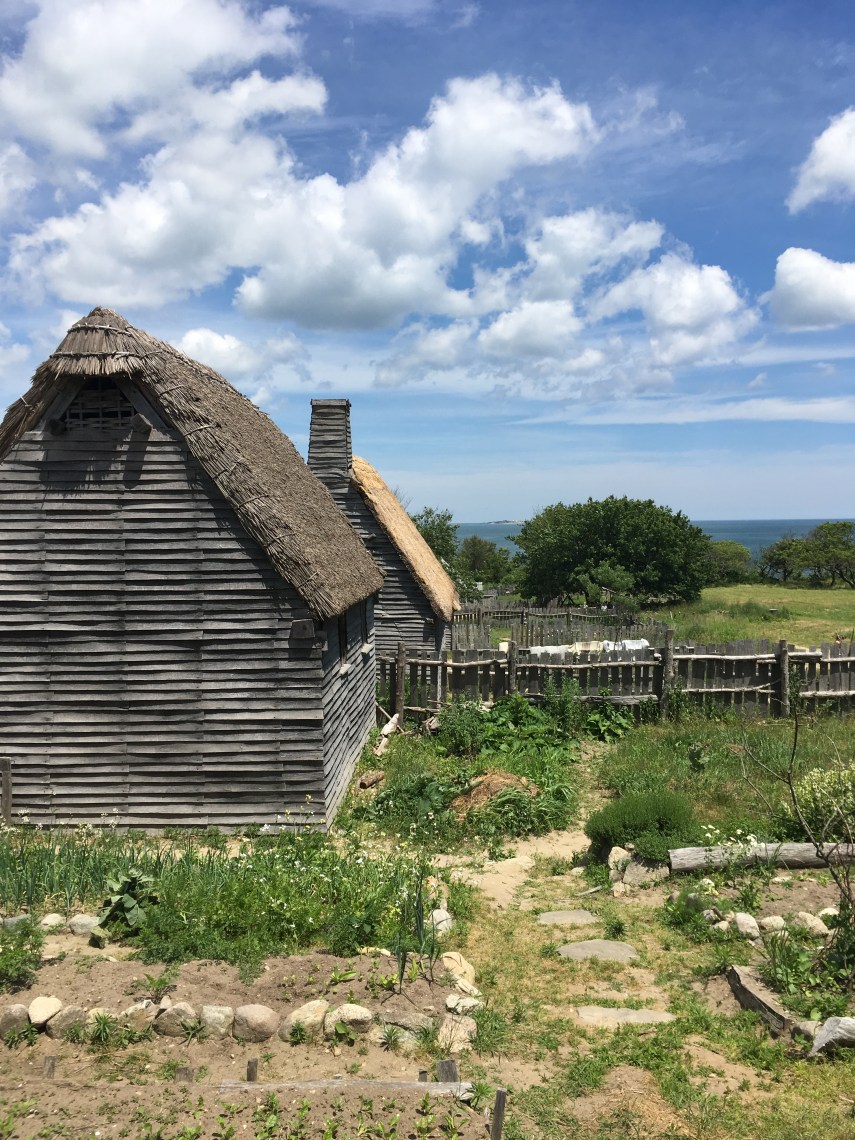
Houses at the Plimoth Plantation Museum. 17th-Century English Village.

View from a garden at the Plimoth Plantation Museum. 17th-Century English Village.
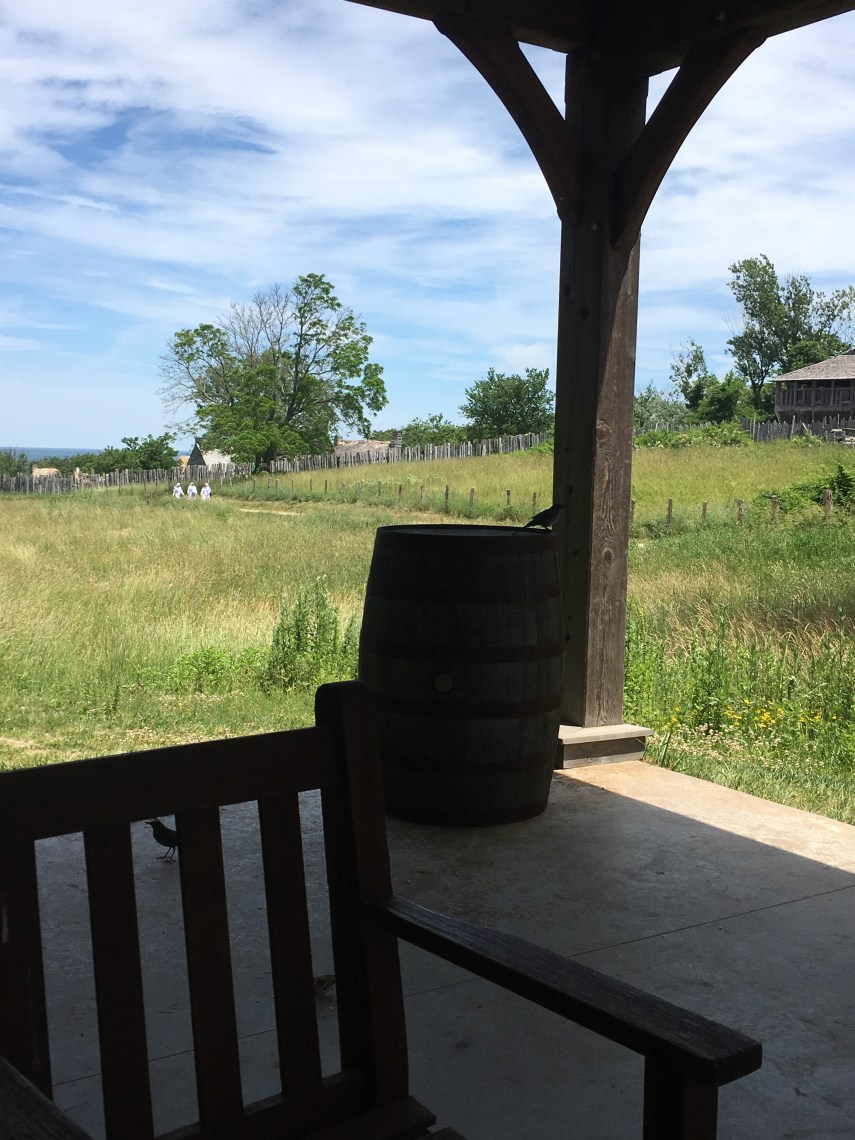
View from a house at the Plimoth Plantation Museum. 17th-Century English Village.

View from a garden at the Plimoth Plantation Museum. 17th-Century English Village.
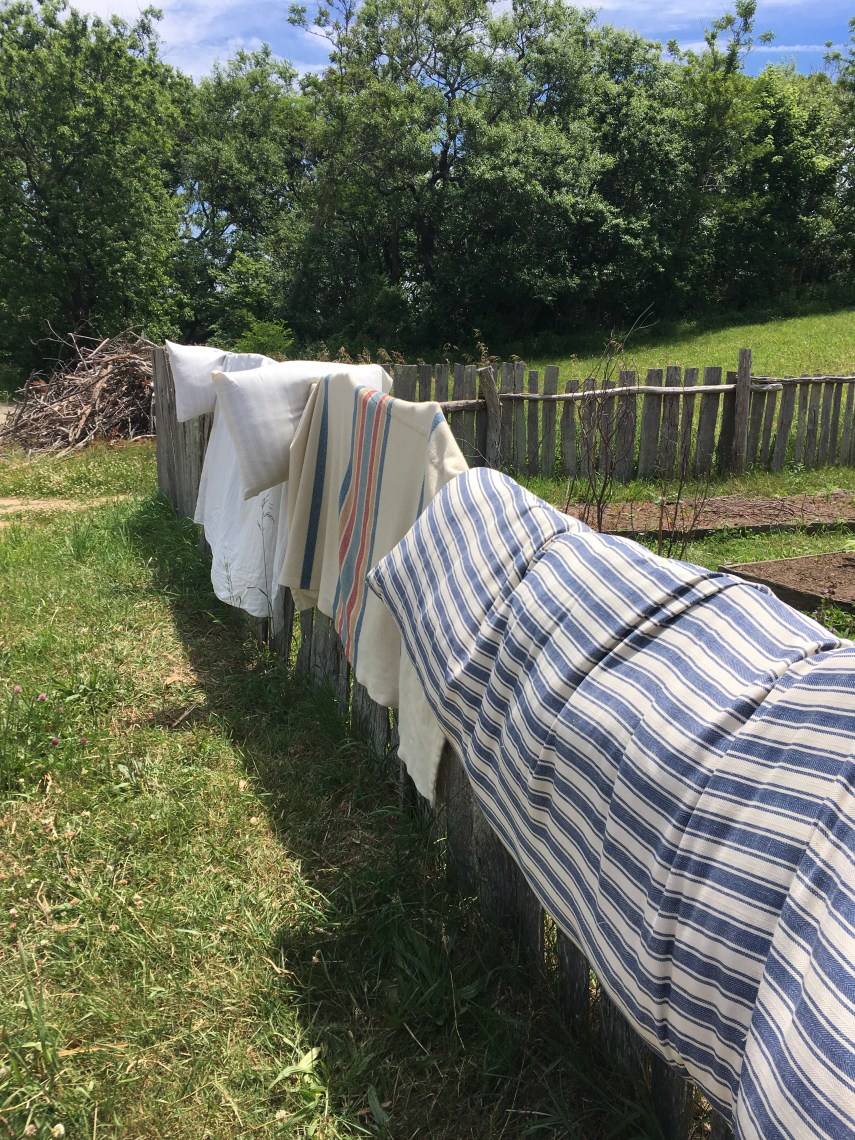
View from a garden at the Plimoth Plantation Museum. 17th-Century English Village.
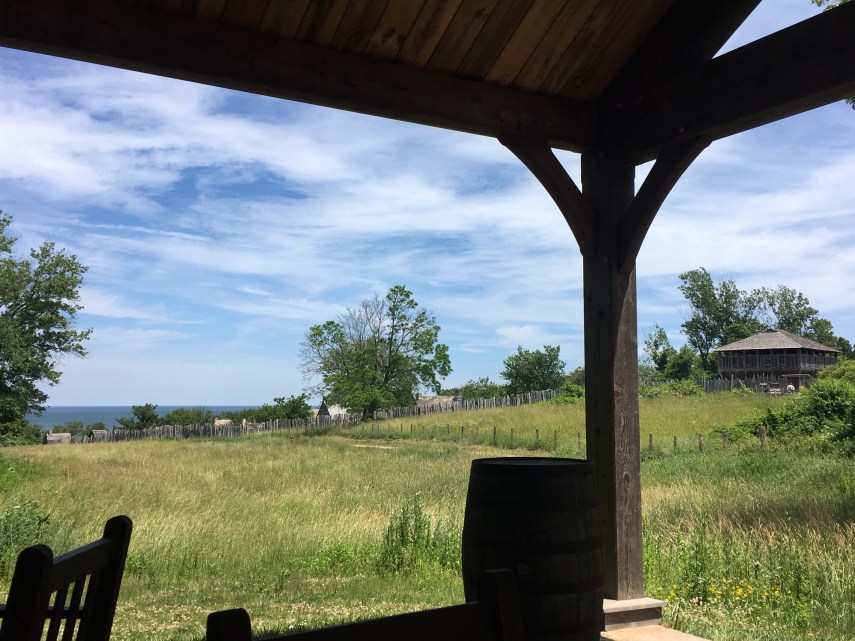
View from the Plimoth Plantation Museum. 17th-Century English Village.
The open-air museum is situated a bit further away from the original settlement. In the Plymouth area, we visited an old grist mill. The mill was built by the pilgrims, and this one is a replica from the 1970s.
The pilgrims celebrated their first Thanksgiving the year after as they miraculously got their first harvest by the help of the Indians.
At the harbour is the unique stone which they stepped on after rowing ashore on December 21, 1620. It is now shielded and made into a National Park attraction with talks from Park Rangers.
A replica of Mayflower is an attraction, but unfortunately, she was elsewhere that memorable summer day last year.

The harbour at Plymouth, Mt where “Mayflower” is supposed to be

A postcard with a replica of Mayflower the ship that brought the pilgrims from Leiden, Holland to Massattuses.
The pilgrim settlers originally came from the English harbour of Plymouth before they immigrated to Holland. They thought it was God’s providence that brought them to Plymouth, Massachusetts.
Categories: blogging
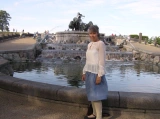










It is great to see it like this. The one and only time I was there, they were still working on the original houses. The guide explained that the men doing the thatched roofs were from Ireland, as they could not locate Americans who knew the craft.
LikeLiked by 1 person
Thank you, GP Cox, for this information from your visit there
LikeLike